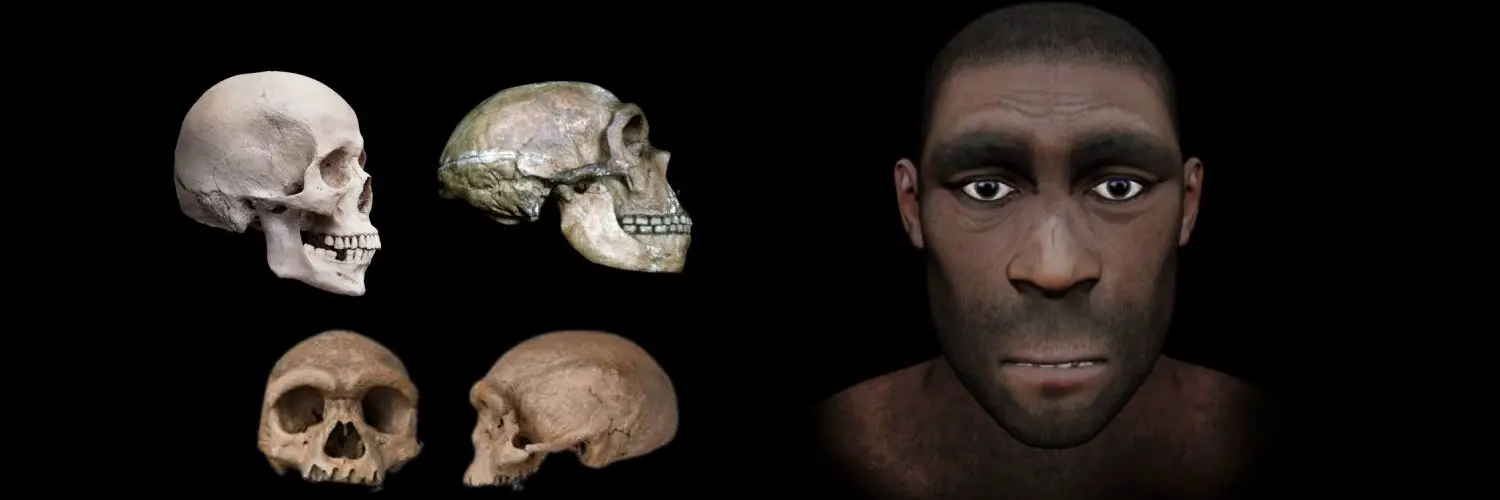Researchers have unearthed a hominin species that were previously unknown from a Phillippine cave. This new, small-bodied species has been named the Homo luzonensis. The discovery of the ancient human’s remains was made on the 10th of April. Scientists are assuming that the remains maybe 50000 – 67000 years old. Don’t you think the remains happen to be quite young? Well, this reason is the cause as to why scientists suggest that several human species used to co-exist even across south-east Asia. In fact, some researchers also believe that the Neanderthals and modern humans were spreading into Asia and across Europe. So, do you desire to know more about the small Homo sapiens? If yes, keep reading.
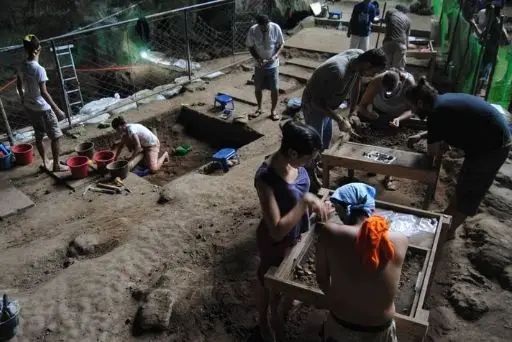
One child and two adults
The Homo Luzonensis was first explored and found in the year 2003. After researchers could not uncover anything even after excavating few meters of sediment, they had to abandon the site. Archeologists thought there was no reason for them to continue with further exploration, assuming that ancient humans could not reach the inaccessible islands. However, when human remains unearthed on the Indonesian island Flores made headlines, it got the scientists thinking. The researchers headed back to the cave in 2007 to dig deeper. This time amidst a heap of animal bones, they could excavate more human remains. What came out was a revelation. Would you believe that the fossil remains comprised toe bones, an adult’s finger, a child’s femur, and teeth? All of it does feel unreal!

Homo Sapiens were not alone; they had company!
Several unique species are now contemporaneous with the Homo sapiens. Of course, there is a complex evolution history with many distinct species existing side by side, extinctions, and interbreeding events. However, the unearthing of remains like that of the Homo Luzonensis proves that Homo sapiens had company. They were certainly not living alone on planet Earth! The excavation at Luzon Island may not have yielded a full skeleton: thigh bone, foot bones, 2 hand bones and seven teeth. Nevertheless, these fossils are enough to present intriguing clues about the Homo luzonensis’s lifestyle and appearance.
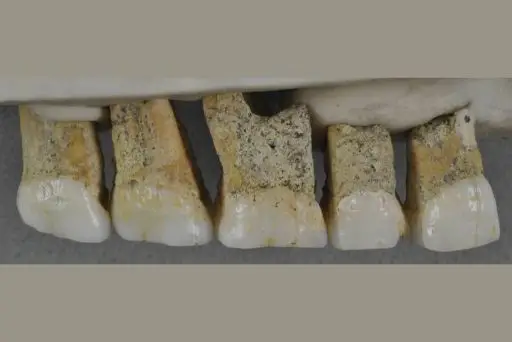
CALLAO CAVE ARCHAEOLOGY PROJECT
Curved toe bone and tiny teeth
As per the scientists, the Homo luzonensis could be even shorter than 4 feet as the tiny teeth point to such a probability. In fact the hobbit or the homo floresiensis, one of the shortest species, also seems to be taller than the Homo luzonensis. However, both the species had one distinct similarity- curved tow bone. This physical feature indicates that the Homo luzonensis led a mixed lifestyle. While they could walk on both their legs, they could also climb the trees.
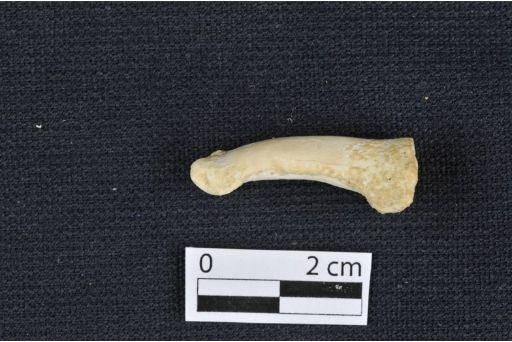
How did they arrive at Luzon Island?
There is nothing quite like unraveling mysteries all the time. Another mystery that shrouds the Homo luzonensis is their arrival at the large island of Luzon. Now, this island has no connections with a land bridge or a mainland. But, then, how did the early humans make it to the island? Scientists point to a possibility that they may have set sail on the sea making some raft. As per the researchers, another case is that they may have been washed away to the island in large numbers. And, natural disasters like tsunamis may have a role in that. Many scholars have favored “accidental arrival” as the root cause of their presence on the island.
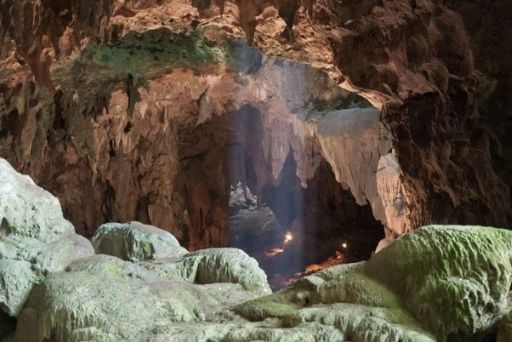
Arrival, not so accidental?
Several arguments suggest that the homo luzonensis probably did not arrive accidentally. In fact, with more and more evidence, the whole idea of the early humans being not so intelligent to cross the sea purposefully is turning out to be an insane one. No matter what, the H luzonensis were the primitive early wave’s last survivors. What’s more interesting to believe is that they may have lingered on at the inhabited world’s fringes, finally succumbing to isle dwarfism.
Did our ancestors cause the homo luzonensis’s demise?
Who do you think made the homo luzonensis perish from the face of the earth? According to researchers and scientists, it is too early to state whether the Homo sapiens’ spread, leading to the disappearance of homo luzonensis. Whatever led to their disappearance will always remain a mystery but will never stop us readers from imagining the unimaginable!

